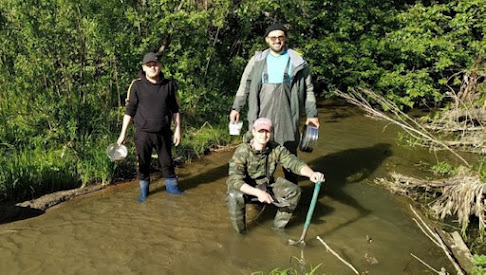 |
| Photonic chip with a microring resonator nanofabricated in a commercial foundry. Photo credit: Joel Tasker, QET Labs |
A Bristol-led team of physicists has found a way to operate mass manufacturable photonic sensors at the quantum limit. This breakthrough paves the way for practical applications such as monitoring greenhouse gases and cancer detection.
Sensors are a constant feature of our everyday lives. Although they often go unperceived, sensors provide critical information essential to modern healthcare, security, and environmental monitoring. Modern cars alone contain over 100 sensors and this number will only increase.
Quantum sensing is poised to revolutionize today's sensors, significantly boosting the performance they can achieve. More precise, faster, and reliable measurements of physical quantities can have a transformative effect on every area of science and technology, including our daily lives.
However, the majority of quantum sensing schemes rely on special entangled or squeezed states of light or matter that are hard to generate and detect. This is a major obstacle to harnessing the full power of quantum-limited sensors and deploying them in real-world scenarios.














.jpg)
